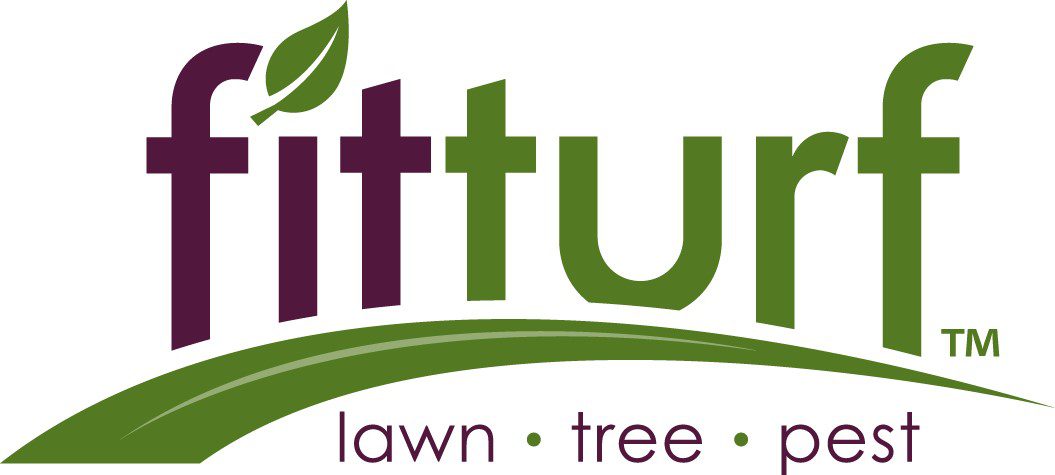Customer Support
303.221.6900Got shade?
It’s true that most grasses prefer moderate to full sun, so are you out of luck if your lawn is mostly shaded by buildings or large tree canopies? Absolutely not! Although a shaded lawn can present a few unique challenges, all hope is not lost. The lawn gurus at Fit Turf have put together this handy resource guide that will allow you to explore the ins and outs of your shaded lawn needs and will help you determine the best grass for your shaded areas.
Benefits of Trees & Shade
Mature trees are great for aesthetics and curb appeal; they also add value to your home. They are memory makers and can support treehouses and tire swings. They also help in cold or hot weather with energy costs, shading the hot sun in the summer and acting as wind breakers in the winter. But because most turf grasses require at least four hours of direct sun to perform their best, higher-shade areas may require a little extra care and thought.
Easy as 1, 2, 3
There are several steps that you can take to help achieve a great looking lawn in a shady area. They include pruning your trees’ canopies to allow a bit more light in, choosing the right grass seed, increasing mowing height, adjusting fertilizer schedules and limiting lawn traffic. In no time at all, your shaded areas will be off to a great start and will be situated for success!
Prune Your Trees
Take a look at the trees in your yard. When was the last time that you had them pruned? It’s likely that the trees surrounding your home would benefit from either fine pruning, standard pruning, hazard trimming or crown reduction trimming — depending on how long it has been since your trees have been serviced. Pruning your trees not only lets more light in, it also offers several other benefits, such as removing dead, weak or dangerous tree limbs and debris, improving the tree’s size and enhancing your view.
The Right Grass Seed
Certain shade-tolerant blends will thrive in dappled sun or partial shade. Because Colorado’s climate requires cool-season grass types (as opposed to warm-season grasses), you will want to choose a cool-season blend that will be tolerant to your shaded areas. Fine fescue blends tend to have the best tolerance for shade. Tall fescue grasses also perform well in moderate shade. Kentucky bluegrass and perennial ryegrasses need more sun than tall or fine fescue grasses.
For detailed recommendations for your specific regional area, give your local university extension a call or contact Fit Turf. With over 30 years of experience in Metro Denver, CO, our expert lawn technicians can recommend the best types of grasses to meet the needs of your conditions.
Increase Mowing Height
Experts recommend that grasses in shady areas be kept at a minimum height of 3 inches for fescue blends. In these shaded areas, longer grass height offers several benefits. First, it offers a greater surface on the grass blades to help capture and synthesize any available sunlight. Higher grass heights also encourage deeper roots, which will ultimately improve the yard’s health. Always keep your mower’s blades sharp and never cut more than one-third of the turf’s height in a single mowing.
Vary Fertilizer Schedules
Contrary to what you may think, shaded areas need less fertilizer, not more: Shade tolerant grasses need only about half of the nitrogen as the rest of the lawn. Likewise, shaded areas also need less water. It is important, however, to keep in mind that the presence of mature trees often means that your turf will have to compete for moisture with your trees’ root systems. Unsure about how much fertilizer to use and how often you should water your shaded turf areas? Wondering about when the best time is to feed your lawn? Call Fit Turf today for a free evaluation. Our plans are specifically tailored to make the most out of Colorado lawns, whether they are in full sun, full shade — or somewhere in between.
Limit Traffic
Grass in shady areas is often weakened and stressed because of its lack of sunlight. Extra foot traffic caused by play areas and pets can further stress your shaded grasses. It’s important to minimize the traffic whenever possible. Move play areas to stronger patches of turf, and redirect pets elsewhere.
Alternative Landscaping for Shade
If you have very, very dense shade, it might be best to seek alternative landscaping. There are many creative ways to fill in shaded areas. Consider sitting areas, stepping stones, hostas and ground covers. Shade-loving flowers can offer beautiful, brightly colored landscaping designs — away from the sun’s dangerous rays. Hang a bird feeder and observe the wildlife; install a peaceful fountain for the sound of running water. Sit back and enjoy your cool oasis during the hot summer months.
Although most types of grass prefer more sun, there are ways to work around these challenges. Following these simple steps and make the most of your shaded areas. With a little extra thought, consideration and TLC, you can enjoy both beautiful, green grass in your shaded yard areas and enjoy your mature shade trees.
